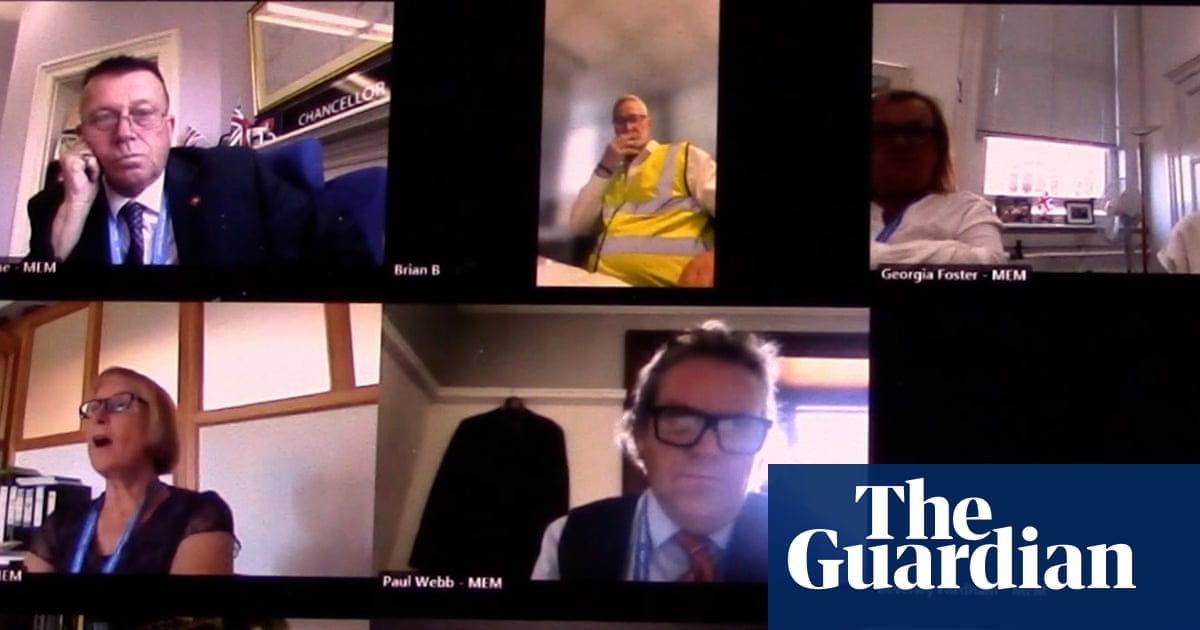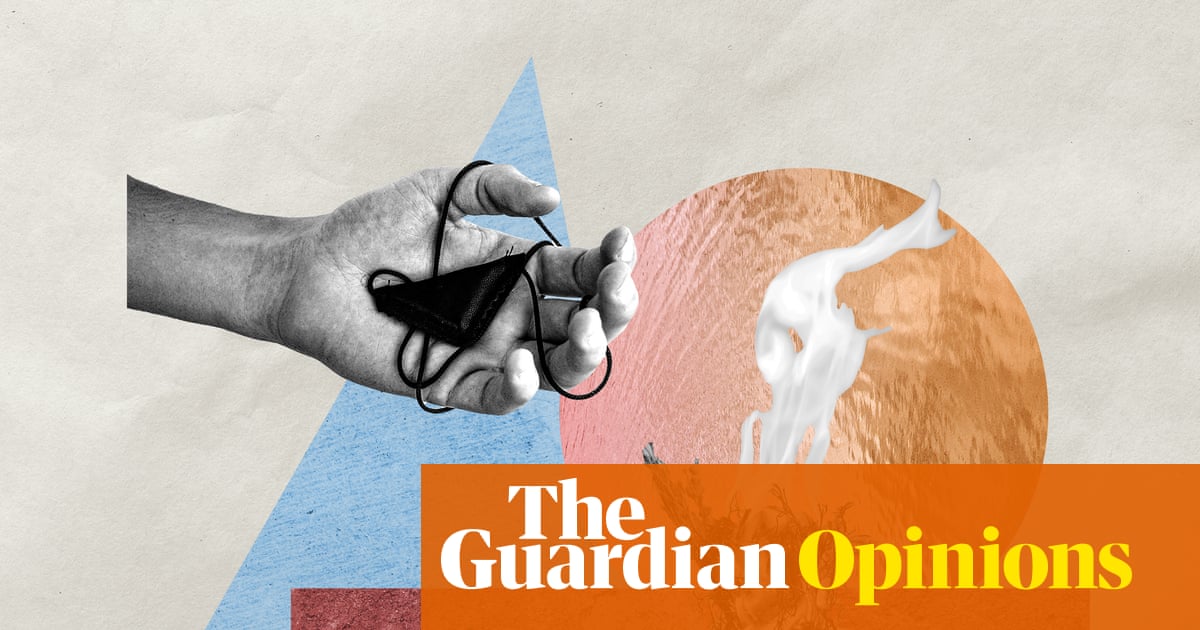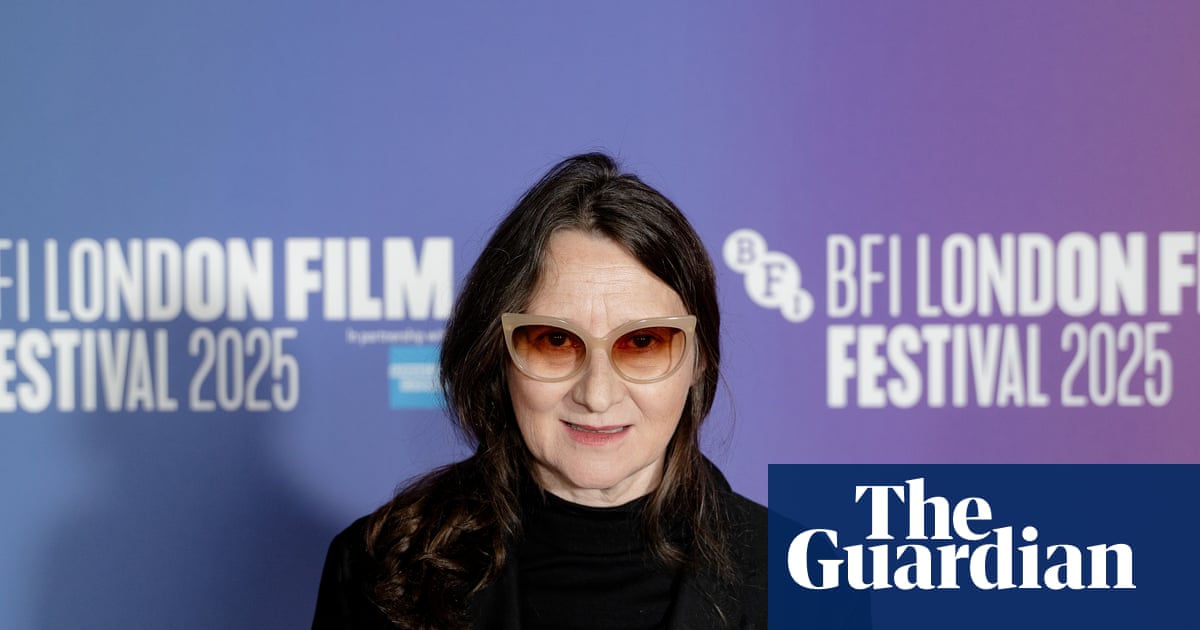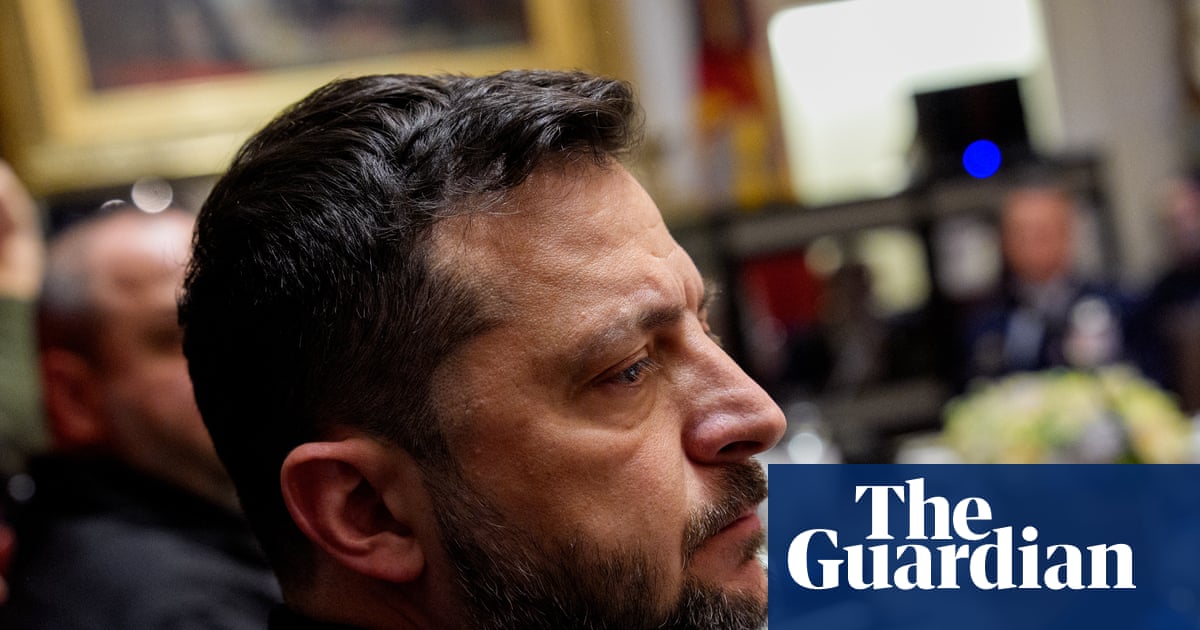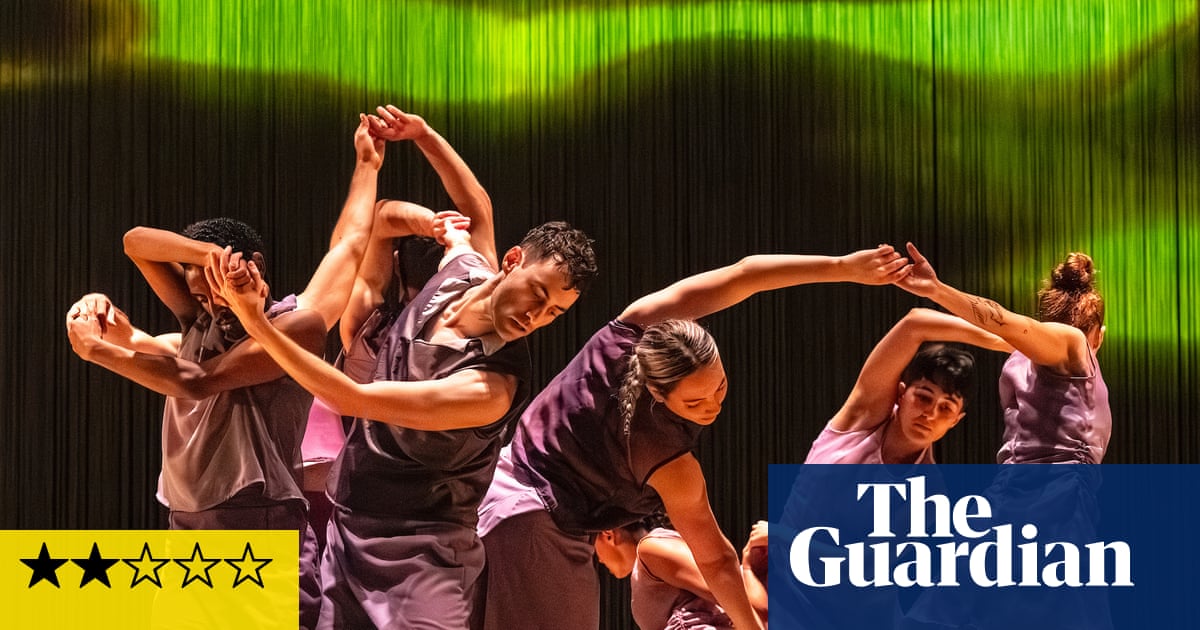The lavender marriage – that administrative convenience and PR fiction of golden age Hollywood – is back. The Washington Post recently covered its reinvention, meeting Jacob Hoff, who’s gay, and Samantha Greenstone, who’s straight, a blissfully married couple with a baby on the way (they “birds’d and bees’d” Greenstone explained for the pruriently curious). The Post also spoke to friends April Lexi Lee and Sheree Wong, both “on the asexual spectrum”, who say they “bestied so hard we got married … platonically”.
Of course, if you’re talking openly about a lavender marriage, it isn’t one. The point of them was to confer a fig leaf of heteronormative respectability at a time when that was professionally and socially essential; these people aren’t in it for appearances. Hoff and Greenstone don’t like the term: “It cheapens what we really have, which is a love match,” Greenstone says. But “lavender marriage” has been co-opted online as a shorthand for different forms of loving, committed relationships that do not centre conventional romance and sexual desire, both as jokey aspiration and lived experience. They need another name: some people call themselves platonic life partners (PLPs); I’ve seen “rainbow marriage” on TikTok.
If you’re my age, in a heterosexual marriage in a North Yorkshire suburb rather than a Portland, Oregon polycule, there’s a spectrum of options for how you may view these unions, ranging from “harrumphing great-uncle” to enthusiastically onboard, with a real danger of sounding like a groovy vicar, effortfully down with the kids, when discussing it. I’ll run that risk: groovy vicar here, reporting for duty, to address a few harrumphing points. The HGU (and I assume he’s not a homophobe, just a bit baffled) might say something like, “Aren’t these just friendships? Why treat them as something different? Why get married?”
Hoff and Greenstone absolutely don’t see their relationship that way, but for those that do, why not get married? I don’t consider my union as having some exalted status, just because it was forged in conventional romantic connection or sexual attraction – it’s still mostly two people watching TV and bickering about bins. We’re past treating marriage – a property-based transaction historically and a patriarchal institution still – as a sacrament capable of being sullied by extension to other types of love, surely? “Just” friendship is as sacred and worthy of formalising; it has been sometimes, and in some places. In her recent book Bad Friend, Tiffany Watt Smith describes the history of friendship pacts and ritualised contracts, from 13th-century Iberian coniurationes and early-modern French affrèrements, to the choosing of a belayDo – an intimate friend elevated to kinship status – by Aku women in Cameroon at puberty.
There are very good reasons to marry a person you love in any way, not least simple economics. The “single penalty” is real: rent, bills, not qualifying for tax breaks all add up; in the US, health insurance is a huge additional consideration. Exploring the nu-lavender phenomenon, Vice and Business Insider framed it as a gen-Z response to economic struggles (coupled with an understandable weariness with dating). And marriage, rather than ad-hoc cohabitation as platonic companions, is good for us in other fundamental ways: married people enjoy longer life expectancy and better health outcomes (especially, I’m compelled to mutter, men). The intimacy – physical or not – emotional support and sense of security a good marriage can offer is protective; as Lee says, “I realised how much easier it is for me to move through this world with a partner.”
An HGU might also object that relationships like these have always existed, privately, quite contentedly. Why broadcast them on social media? Both couples in the Post piece are proudly vocal about the particularities of their marriages online (content creation is Hoff’s main income source), responding to the hostile or simply curious, and actually, I find that especially admirable. Because unlike the lavender marriages of the 1930s, these ones are, by their chosen visibility, making a powerful case that love of all shapes is worthy of official recognition and celebration. They’re cracking open what marriage can be and yes, this is an awfully groovy vicar statement, but in our age of submissive tradwives, book bans and narrowly defined, exclusionary “Christian” values reframing empathy as sinful, I find that enormously exciting.

 3 hours ago
7
3 hours ago
7
